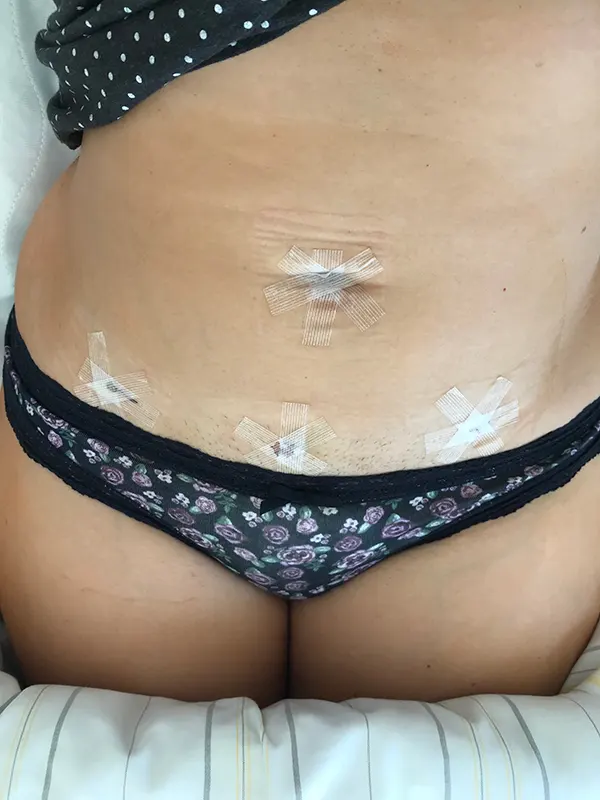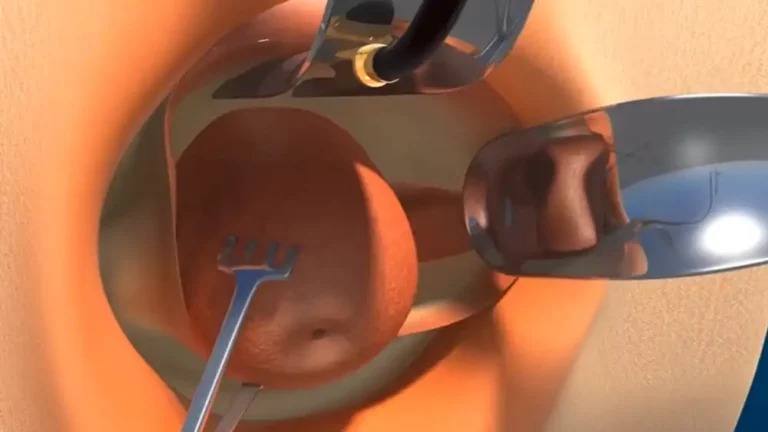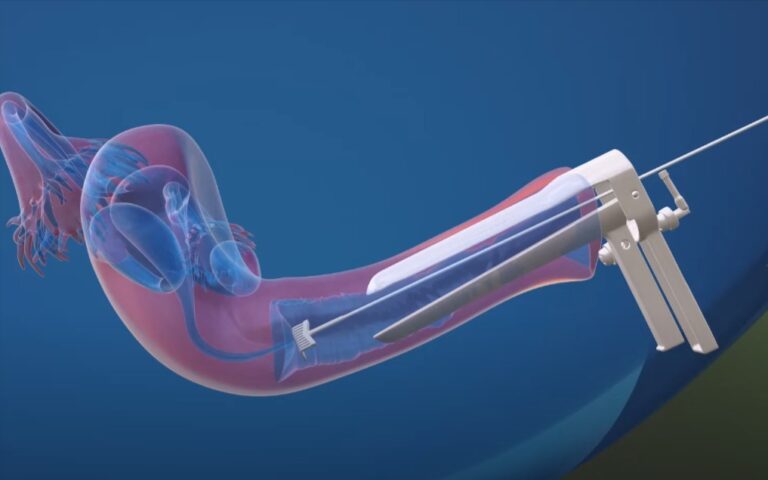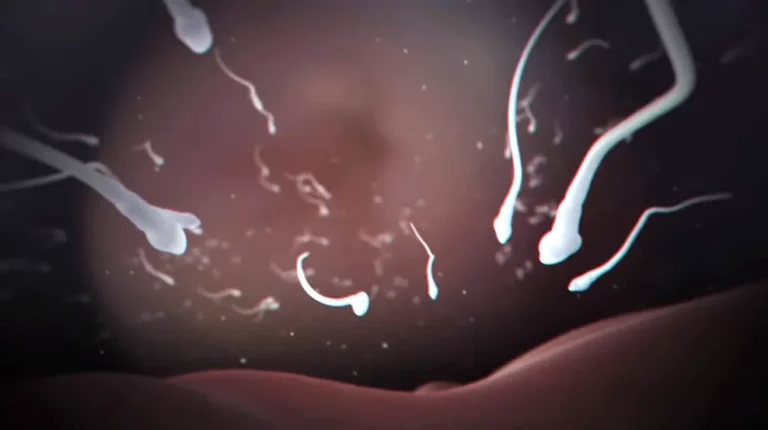Pictures of Hysterectomy Scars and Incisions from Different Surgical Procedures
Check out some post-operatory hysterectomy scar pictures from different hysterectomy procedures.
Depending on the type of surgery (abdominal or laparoscopic surgery), there may be visible scars or incisions that can cause discomfort or self-consciousness.

Hysterectomy is a surgical procedure that involves removing the uterus. This procedure may be done for various reasons, including uterine fibroids, endometriosis, or cancer.
Pictures of Stomach After Hysterectomy
Types of Hysterectomy Scars:
There are several types of scars that may occur, depending on the surgical approach used. The most common types include:
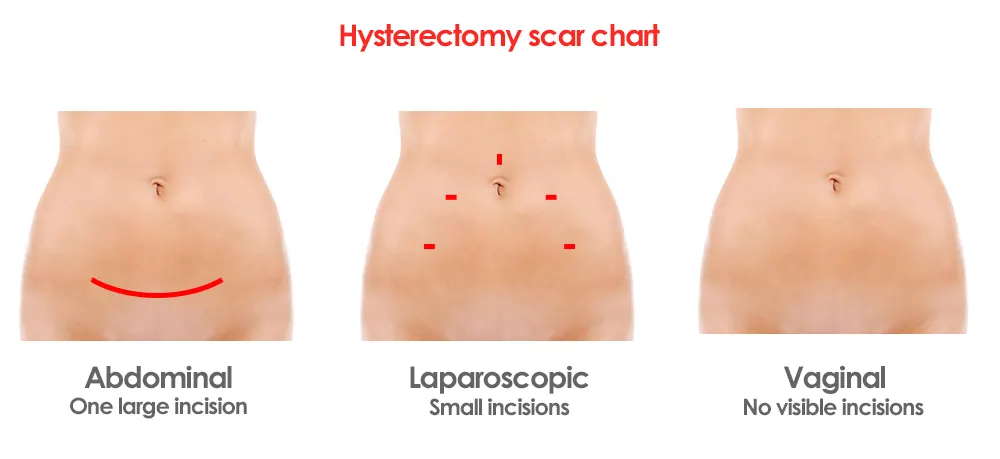
Abdominal Hysterectomy Scars Pictures
Abdominal hysterectomy is the traditional approach for hysterectomy, where the uterus is removed through an incision made in the abdomen. The incision can be horizontal or vertical and may range from 4 to 12 inches in length. The length of the incision depends on the size of the uterus and the reason for the surgery.
The scar left after an abdominal hysterectomy is usually a long, horizontal one that runs across the lower abdomen. It may be pink or red at first but fades over time and may become barely visible. It may take several months to heal completely. In general, they are bigger than the ones left by laparoscopic surgery.
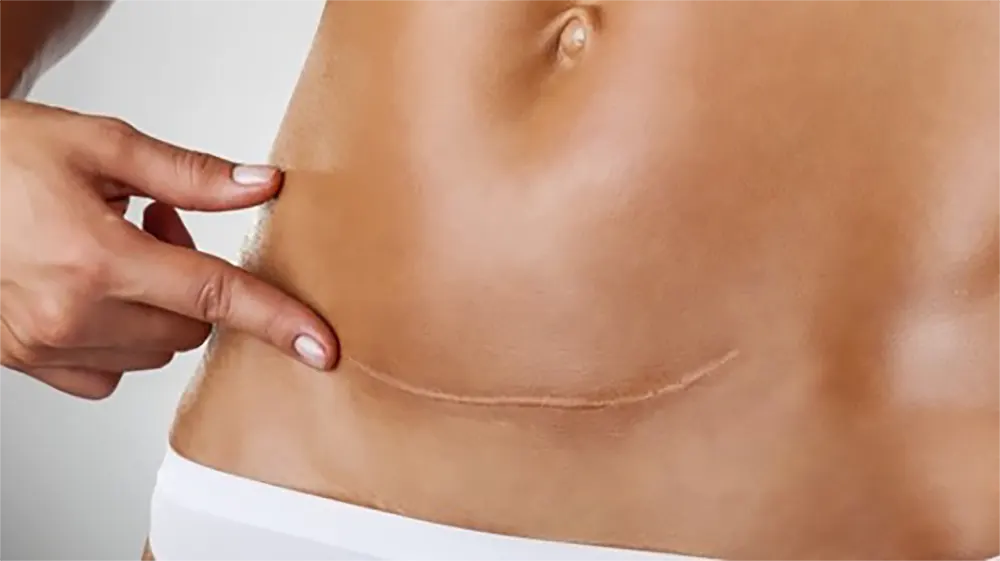
Less invasive techniques
Laparoscopic Hysterectomy Scars Pictures
Laparoscopic surgery for hysterectomy is a minimally invasive surgery that uses small incisions and a camera to remove the uterus.
The incisions made for laparoscopic hysterectomy are small and usually leave small scars. The scars may be less noticeable than those left by abdominal hysterectomy. However, they may be more numerous.

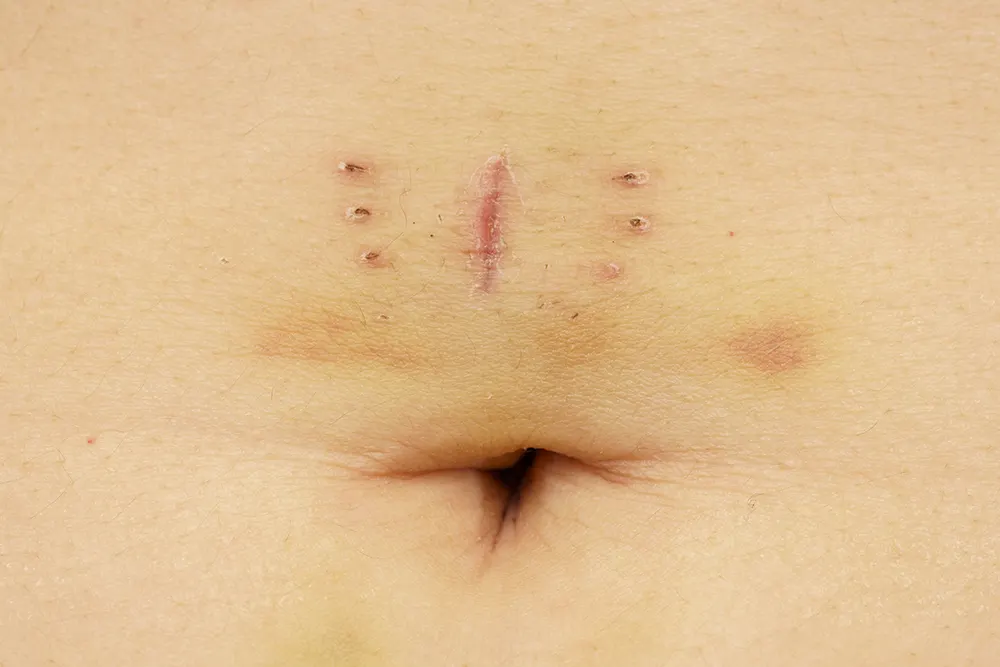
Vaginal Hysterectomy Scar
A vaginal hysterectomy is a hysterectomy technique where the uterus is removed through the vagina. This approach is less invasive than abdominal hysterectomy and has a shorter recovery time. The incisions for vaginal hysterectomy are hidden inside the vagina and do not leave any visible marks.
Robotic Hysterectomies Scar Images
Robotic hysterectomy is a minimally invasive surgery that uses a robot to remove the uterus. The procedure is similar to laparoscopic surgery hysterectomy but is more precise and allows for better visualization.

The incisions made for robotic hysterectomy are small and usually leave tiny scars. They may be less noticeable than those left by abdominal hysterectomy. However, the scars may be more numerous, as several small incisions are made during the procedure.
FAQs:
How long does it take for the incisions to heal?
Ans: It may take several months for hysterectomy incisions to heal completely.
How noticeable are the hysterectomy marks?
Ans: The visibility depends on the type of hysterectomy performed and the size and location of the incision.
Can scars be removed?
Ans: Scar removal techniques can be used to minimize the appearance.
Are there any complications associated with hysterectomy marks?
Ans: In rare cases, complications such as infections or poor wound healing may occur.
Tips for minimizing their appearance:
1. Follow post-operative care instructions
Proper care during the healing process can help to minimize their appearance. Follow your doctor’s post-operative care instructions carefully, including keeping the incision site clean and dry and avoiding certain activities.
2. Use creams or gels
There are a variety of over-the-counter creams and gels that can help to reduce the marks left by the surgery. These products typically contain ingredients like silicone, which can help to smooth and flatten scars over time.
3. Massage the scar tissue
Gently massaging the scar tissue can help to break up any adhesions and promote better circulation, which can help to reduce its appearance.
4. Apply vitamin E oil
Vitamin E oil has been shown to promote healthy skin and reduce scarring. Apply vitamin E oil to the scar tissue daily to help minimize its appearance.
5. Protect the scar from the sun
Sun exposure can cause scars to darken and become more noticeable. Protect the scar tissue from the sun by wearing clothing that covers the area or using a high-SPF sunscreen.
6. Consider laser therapy
Laser therapy can be used to reduce their appearance by promoting the growth of new, healthy skin cells. Talk to your doctor to see if this treatment is a good option for you.
Other Factors that can affect the appearance of Hysterectomy Scars
There are several factors that can affect the appearance of hysterectomy scars. These include:
Keloids: Some people are more prone to developing keloid scars, which are thick, raised scars that can be difficult to treat. Keloids can occur as a result of surgery and may be more likely to develop in certain people, such as those with darker tones.

Skin conditions: Certain conditions, such as eczema or psoriasis, can make it more difficult for scars to heal properly. Skin that is dry, flaky, or prone to irritation may also be more prone to scarring.
Complications during surgery: If complications arise during surgery, such as excessive bleeding or infection, it can delay the healing process and increase the likelihood of scarring.
Genetics: Some people may be genetically predisposed to developing thicker or more noticeable marks.
Age: Older individuals may be more prone to developing thicker or more noticeable scars, as the skin tends to become less elastic with age.
Sun exposure: Exposure to sunlight can cause scars to darken and become more noticeable. It’s important to protect them with clothing or sunscreen to prevent this from happening.

